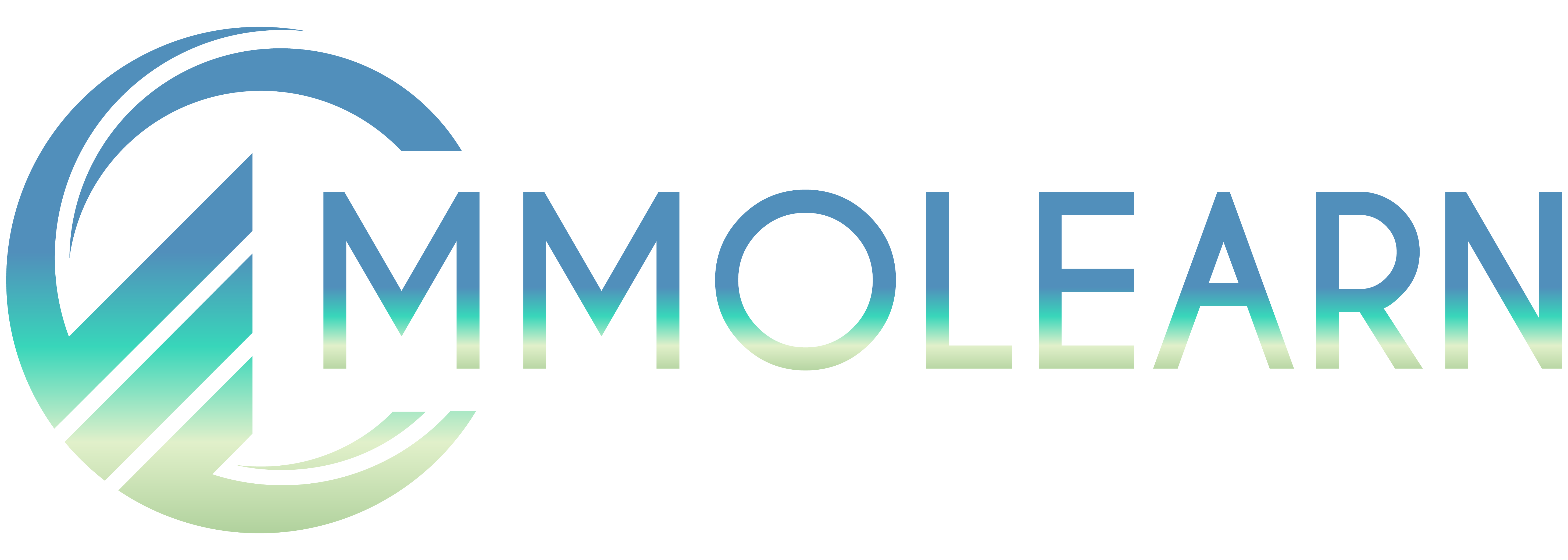- Joined
- May 13, 2019
- Messages
- 169
- Reaction score
- 21
- Points
- 45
Keep in mind, this list is based on what I remember after working in this area for a while. It might not be 100% accurate, and there could be some missing details, but I’ve shared what I know. I’ve worked with CMS channels using this info, and it really helped me make money.
CMS channels have several special features:
Whitelisted channels (they’re not usually subject to automatic bot checks or flagging).
Mostly immune to shadowbans.
Direct support from YouTube staff (real people, not bots).
Can earn from external views and bot-like views without having money deducted (if it’s on AdSense, they’ll notice and deduct the earnings).
Can upload content that normally wouldn’t be monetized through YPP on AdSense (for example, low-quality kids' content or animated videos that often get rejected, but CMS channels can still monetize them, along with other types of content).
Uploading videos longer than 24 hours is allowed.
Higher upload limits per day, ranging from 110 to 1050 videos (as far as I know).
Better default CPMs because of being "Google Preferred" (higher channel P-Score).
Can bot views without getting shadowbanned. On AdSense, competitors can send low-quality views to reduce your reach (which can get your channel flagged).
Easier to resolve false strikes on a CMS channel. With regular AdSense channels, it’s harder, as YouTube sometimes rejects your counter-notification, claiming they don’t have enough information to prove your strike is invalid. They don’t even forward the counter-notification to the claimant, they just reject it (which is frustrating).
Very rare to get demonetized with a CMS channel, and if it does happen, it can be fixed within a few days (no waiting a month).
Easier to scale multiple channels without being throttled, ensuring max performance per channel.
The only downside to a CMS channel is that you’ll have to give away about 25% to 55% of your earnings (depending on your CMS owner’s terms). But in return, you get all these benefits, which I find really helpful since you can scale without the headache of managing AdSense channels.
CMS channels have several special features:
Whitelisted channels (they’re not usually subject to automatic bot checks or flagging).
Mostly immune to shadowbans.
Direct support from YouTube staff (real people, not bots).
Can earn from external views and bot-like views without having money deducted (if it’s on AdSense, they’ll notice and deduct the earnings).
Can upload content that normally wouldn’t be monetized through YPP on AdSense (for example, low-quality kids' content or animated videos that often get rejected, but CMS channels can still monetize them, along with other types of content).
Uploading videos longer than 24 hours is allowed.
Higher upload limits per day, ranging from 110 to 1050 videos (as far as I know).
Better default CPMs because of being "Google Preferred" (higher channel P-Score).
Can bot views without getting shadowbanned. On AdSense, competitors can send low-quality views to reduce your reach (which can get your channel flagged).
Easier to resolve false strikes on a CMS channel. With regular AdSense channels, it’s harder, as YouTube sometimes rejects your counter-notification, claiming they don’t have enough information to prove your strike is invalid. They don’t even forward the counter-notification to the claimant, they just reject it (which is frustrating).
Very rare to get demonetized with a CMS channel, and if it does happen, it can be fixed within a few days (no waiting a month).
Easier to scale multiple channels without being throttled, ensuring max performance per channel.
The only downside to a CMS channel is that you’ll have to give away about 25% to 55% of your earnings (depending on your CMS owner’s terms). But in return, you get all these benefits, which I find really helpful since you can scale without the headache of managing AdSense channels.

